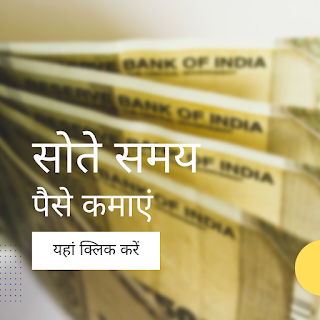In this article, we discuss the Indian provincial elections in 1937 and the formation of congress ministries.
The British government took 3 round table conferences between 1930 and 1932, on the basis of recommendations of 3 round table conferences, a white paper was published in March 1933 on which there were a lot of discussions and debates in the British Parliament.
After this whole process, the Government of India Act 1935 was brought in 1935. This act made all the Indian provinces autonomous.
Now in every province, the government was elected and ruled. In 1937, elections were held in only 11 provinces, but elections were not held in other provinces as they were princely states.
Elections happened in Madras, Central Province, Bihar and Orissa, United Province, Bombay Presidency, Assam, North West Frontier Province, Bengal, Punjab, and Sindh.
In 1936, out of the total 1585 seats, 482 seats were reserved for Muslim candidates. After the Act of 1935, about 3 crore people were given the right to vote.
In the year 1937, the results of these elections were declared and the Congress had registered a big victory in these elections.
Out of 1585 seats, Congress won 707 seats. At number two was the All India Muslim League which won a total of 106 seats.
The sad thing for the Muslim League was that it could win only 106 seats out of 482 seats. In fact, 26 Muslim reserved seats were badly defeated by Muslim candidates of Congress.
The defeat of the Muslim League in the Muslim majority areas showed that the Muslim League did not represent the Muslim population in any sense as the Muslim League used to claim.
On the other hand, Congress won more than 50% of the seats in United Provinces, Bihar and Orissa, Central Provinces and Madras. The Congress won here with an absolute majority and Congress ministries were to be formed in these provinces.
Congress did not get the absolute majority in North West Frontier Province, Assam, and Bombay, but it was the single largest party.
Congress had won the maximum number of seats in these provinces and only 5 or 6 seats were falling short to form the government.
Therefore, Congress formed a coalition government with the help of local parties and leaders.
The Muslim League formed a coalition government in Punjab with the Unionist Party of Sikandar Hayat Khan.
In Bengal, Muslim Lagore formed a coalition government with Fazlul Haque's Krishak Praja Party. Sindh Muslim political party in Sindh was made the government.
Dr. B. R. Ambedkar's Independent Labor Party had contested 17 seats in the Bombay Presidency, out of which it won 14 seats.
There were 175 total seats in the Bombay Presidency and the government could not be formed in 14 seats, so the Congress formed a coalition government here.
In the elections of 1937, Congress formed its government in 8 out of 11 provinces.
Congress started growing civil liberties completely in the government itself and passed many bills related to land reforms, industries reforms, and social reforms.
Even after many efforts of the Congress, till 1939, many people like Dalits, farmers, peasants, and workers working in industries were not happy.
The Muslim League formed a committee in 1939 which was named Pirpur Committee. In this report, he told that Congress favors Hindus and suppresses Muslims.
On 3 September 1939, the Viceroy of India, Lord Linlithgow, announced that India would fight with Britain against Germany.
Then Congress said that once we should have asked and said that we will give with you only when you promise us that after the war is over, you give us freedom.
The Viceroy refused to accept this demand of the Congress and on 22nd 1939, all the Congress ministers resigned.
If you like this article about Indian Provincial Elections 1937 and the formation of Congress Ministries, consider sharing this article with friends.








